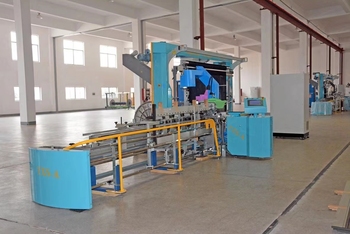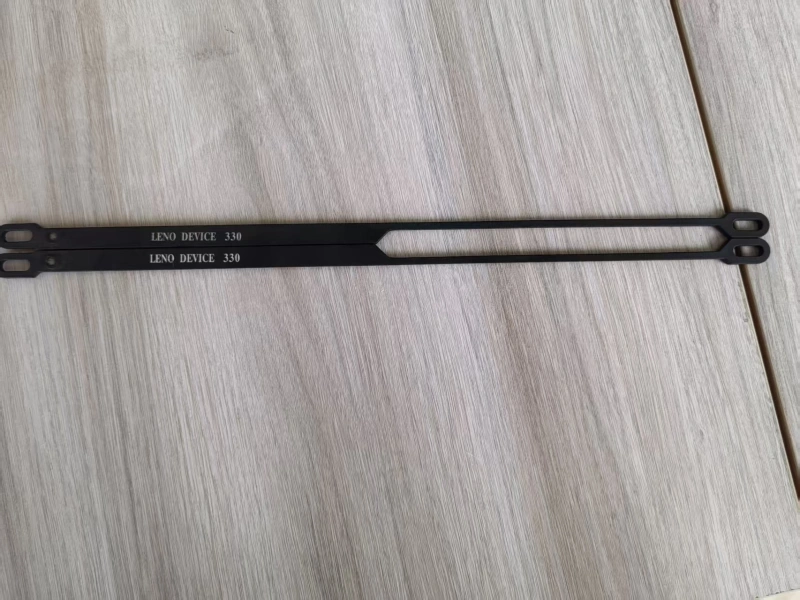Cotton imports increase significantly and market supply is sufficient
2024-04-29
In the first quarter, my country's national economy continued to rebound and had a good start. In March, the domestic cotton market was well supplied, imports continued to increase significantly, and cotton prices fluctuated downward. Affected by factors such as low temperatures, spring orders have been delayed, domestic market demand is insufficient, textile and clothing exports are lower than expected, and the peak season is obviously not prosperous, so companies are cautious in purchasing raw materials. The China Cotton Association predicts that in 2023/24, national cotton output will be 5.877 million tons, a year-on-year decrease of 11.3%; cotton import volume will be 2.66 million tons, a year-on-year increase of 86.7%, an increase of 560,000 tons from the previous period; consumption will be 7.9 million tons, a year-on-year increase of 4% ; The ending inventory was adjusted accordingly to 9.356 million tons, a year-on-year increase of 6.9%. Since late March, as the weather has gradually warmed up, cotton sowing has begun. According to a survey by the China Cotton Association, the intended area for cotton planting nationwide is 41.12 million acres, a year-on-year decrease of 1.5%, and the decline is the same as the previous period.

1. The inventory of finished products in textile enterprises increased
In March, new orders from textile companies were still few, the traditional peak season characteristics were not obvious, downstream consumption growth momentum was insufficient, and sales were sluggish. According to the survey, the yarn output of sample companies in March increased by 32.7% month-on-month, down 0.9% year-on-year; the yarn sales rate was 72%, down 1 percentage point month-on-month; yarn inventory was 23.15 days, 4.47 days more than the previous month.
Textile and apparel exports fell short of expectations, foreign trade demand did not rebound on a large scale, and the export value declined year-on-year. According to data from the General Administration of Customs, my country's total textile and clothing exports in March were US$20.81 billion, a month-on-month increase of 17.2%, and a year-on-year decrease of 21.1%; the cumulative textile and clothing exports in the first quarter of 2024 were US$65.91 billion, a year-on-year increase of 2.0%.
2. Cotton resources are in sufficient supply and commercial inventories have declined.
The supply of cotton resources across the country is sufficient. Domestic cotton prices have fluctuated slightly and fallen. Textile companies have purchased cotton in an appropriate amount and mainly replenished stocks due to rigid needs. Commercial inventories have declined and industrial inventories have increased slightly. As of March 31, the national cotton commercial inventory was 4.859 million tons, a month-on-month decrease of 507,000 tons, or 9.5%, lower than the 145,000 tons in the same period last year. During the same period, the cotton industrial inventory of textile companies in the warehouse was 900,000 tons, a month-on-month increase of 1.1 million tons, an increase of 204,000 tons year-on-year. As the demand for Xinjiang cotton transfers and pickups increased, the total volume of cotton shipped out of Xinjiang increased significantly. The Xinjiang cotton professional warehouse shipped 406,000 tons out of Xinjiang that month, an increase of 262,000 tons from the previous month, which was lower than the 362,000 tons in the same period last year.
3. Cotton imports increase
Since 2023/24, my country’s cotton imports have increased significantly. According to customs data, my country imported 397,000 tons of cotton in March, a month-on-month increase of 34.7% and a year-on-year increase of 4.5 times. It was the highest import month in the past three years. Among them, Brazilian cotton ranks first, accounting for 42%; the United States ranks second, accounting for 38%. The share of general trade still ranks first, accounting for nearly 50%. In the first quarter of 2024, my country imported a total of approximately 1.037 million tons of cotton, a year-on-year increase of 2.5 times. A total of 2.13 million tons were imported in the first seven months of 2023/24, a year-on-year increase of 1.5 times.




